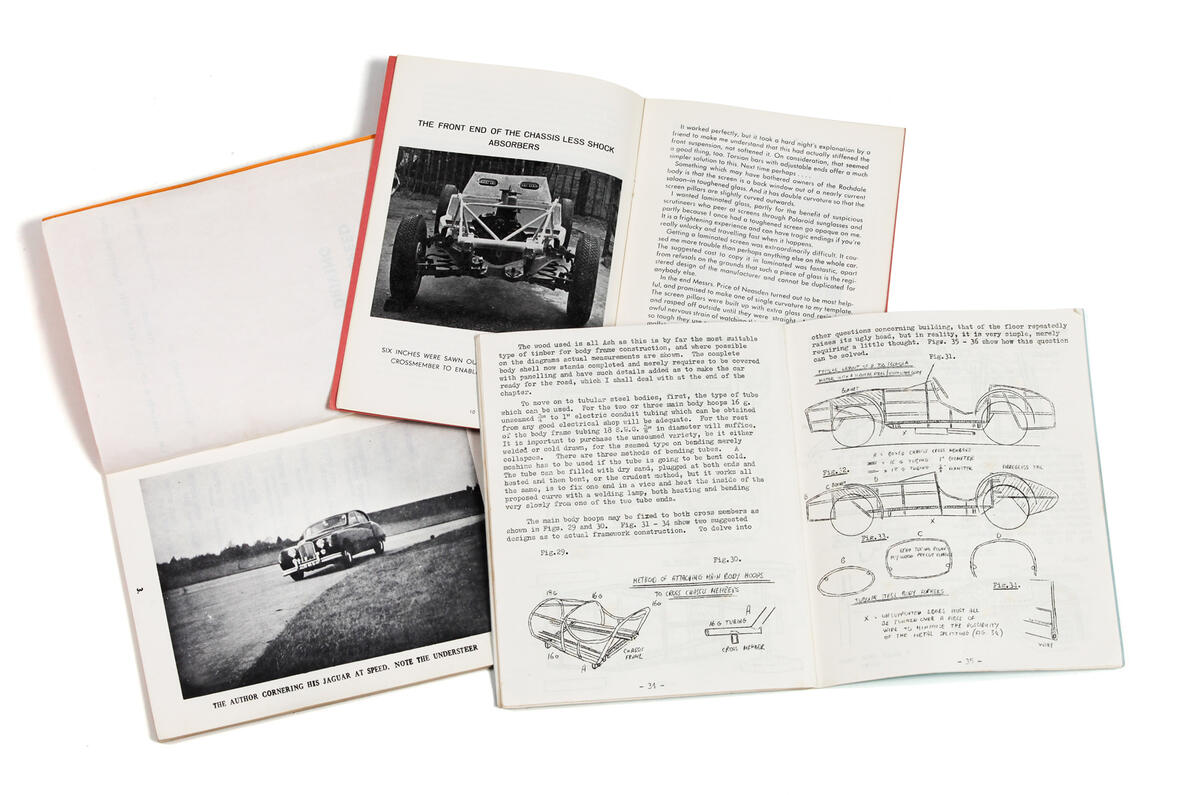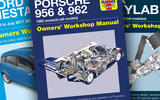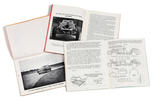John Haynes OBE, who has died at the age of 80, will be remembered as a motoring hero, who helped enable and inspire numerous amateur tinkerers to venture under their car’s bonnets.
Delve into just about any garage and dig around a bit, and chances are you’ll find a Haynes Manual – quite probably dog-eared, well-thumbed and covered in greasy fingerprints.
It used to be one of the first things you’d buy after taking ownership of a new car – and likely still is, for regular browsers of the classifieds. Put simply, if you want to know how to do any work on your car, there is no better guide than a Haynes Manual – including the car’s official manual.
The genius of the Haynes Manual lies in its relative simplicity. Each area of the car is illustrated in a series of photographs, with step-by-step captions and exploded diagrams explaining how to undertake key jobs.
All you need is the ability to follow instructions, and a modicum of engineering talent. I can just about cope with the former, but am sorely lacking in the latter. Even so, with the help of a Peugeot 205 Owners' Manual my 18-year-old self was (just about) able to pull off minor repairs and maintenance work on my first car.
Haynes offered the first vision of his manuals while at school, when he converted an Austin 7 into a lightweight ‘Special’. He then sold it, and interest in the machine’s advert prompted him to produce a booklet explaining how he’d done it. He printed 250 copies of 'Building a 750 Special', and sold them all within 10 days.
After leaving school Haynes joined the Royal Air Force. In 1965 one of his colleagues bought an Austin Healey ‘Frogeye’ Sprite in a poor condition, and asked Haynes to help him restore it. Haynes photographed and documented the process of rebuilding the car’s engine, which formed the basis for the first Haynes Manual. Published in 1966, the initial print run of 3000 sold out in less than three months.
Since then, Haynes Publishing has sold more than 200 million manuals, which now cover more than 300 types of car, 130 motorcycles and an increasingly obtuse range of subjects such as the Death Star, pets, marriage and, erm, the potato.
In 1985, Haynes also founded the Haynes International Motor Museum in Somerset, a collection that now houses more than 400 cars.
It’s been years since I had cause to delve into a Haynes Manual – a proper one, at least, not one of the fast-growing 'lifestyle' versions. That’s partly my still-terrible technical skills, but also a reflection on modern cars, which have sealed units to discourage people from fiddling under the bonnet, and require a laptop to diagnose faults.
Despite that Haynes Publishing, which Haynes stood down from in 2010, recently announced profits were on the up, with sales of manuals increasing in both print and digital form. It highlights that people still want to tinker with their own cars, and shows John Haynes’s invention will continue to aid motorists and amateur engineers alike.
Read more
Autocar road test at 70: Austin Seven vs McLaren Senna
The best motoring books - appreciating classics
25 years of Bangernomics - how to buy and run a used car cheaply









Join the debate
Add your comment
Sad, but a wonderful contribution to cars...
I've had a fair handful of Haynes manuals over the years, and benefited many times.
The most recent was a Mk2 Golf one last year, and it had berely been opened. I fixed a squeaky heater fan with ease - I'd have had the centre console and half the dash apart to get to it if I hadn't had the book - the motor was actually behind the glovebox, and the step by step instuctions were a piece of cake to follow. 20 minutes and done. Thank you Mr Haynes, you helped so many people.
One comment to the keepers of Haynes in the future - Put in a comment about buying decent quality tools, it makes a big difference, and i wish I'd know that when I was young.
Youtube is a useful tool nowadays as there's normally at least one helpful soul who has made a video of what you need to do. Change a Ducati 916 sprag bearing (£500 dealer job, £60 part), no problem. Get an ancient cylinder mower running, no porblem. Change the battery in my Qashqai keyfob for £3 instead of £20 at the dealer (I open keys with dread that pieces will fly out, or my hamfisted skills will bend something or score the plastic case).
They were indeed the first
They were indeed the first thing I would buy after buying my previous cars, back in the day when DIY mechanics was both a possibility and a necessity. I just wish they could have worked out a way to clean the oily/greasy fingerprints off the pages - no matter how careful one was, the smudges would gradually obliterate the print!
I was brought up on Haynes manuals!
You could always tell which part of the car was giving most grief by the oily handprints on the relevant sections!
Triumph 1300 & Dolomite, Viva HB, Cortina MKIII - showing my age now!